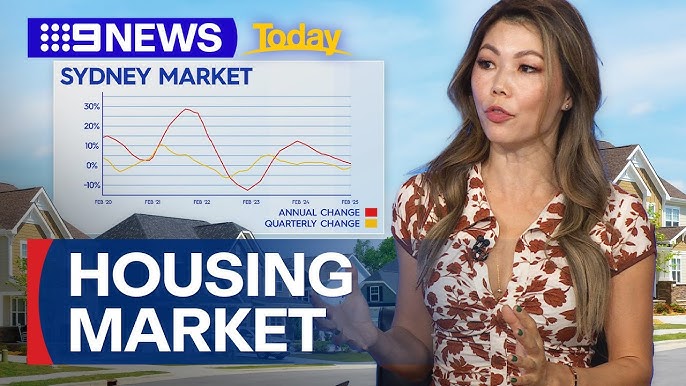PHOTO: Tony Alexander
Independent economist Tony Alexander has broken down the rampant housing market into layers to help investors understand where the market is headed.
In Alexander’s layers the bottom is the normal quantity of buyers motivated by achieving an income goal, needing a house for a bigger family, shifting for work, retiring and so on.
But it is the extra layers which have been driving prices higher.
“The first layer is yet to be touched, the second layer is partly eaten and the third layer has been consumed,” he says.
Here is a rundown of the layers.
Shortage
Although housing construction is rising there is no belief as yet that shortages people believe exist around the country are disappearing.
That point will come when people understand the difference between a shortage of listings and a physical shortage of property, but probably not this year or next.
Low mortgage rates
This layer has thickened.
That may sound perverse given the growing debate about interest rates rising and the financial markets now pricing in a 50% chance the Reserve Bank will raise its official cash rate in November.
But the stimulus comes from two sources. First, expectations of rising rates are driving people to buy now so they can lock in a fixed rate before it rises.
Second, banks are discounting their one-year and some floating mortgage rates in order to win business.
The degree of monetary policy stimulus to the housing market has strengthened.
Low term deposit rates
These remain at record lows and even when monetary policy enters its tightening phase the speed of increase in term deposit rates will be less than for mortgage rates because banks are awash with funds.
Parents helping
This is the second factor in this first group of layers which has strengthened.
“Based on comments submitted by respondents in my five-monthly surveys, parents are so despairing of their offspring ever being able to purchase a property that they are moving beyond funding deposits.
“They have now started buying houses years in advance of their children needing a place of their own to live in.
“They intend using the eventual capital gain to help their kids. They have in essence become unwilling investors.”
Partly eaten layers:
FOMO (fear of missing out)
This layer has been partly eaten.
The gross proportion of real estate agents responding in the REINZ and Tony Alexander Real Estate Survey are saying FOMO fell from levels above 80% between the end of August and the end of February to 49% at the end of April.
But the proportion rose to 51% in May and now 60% just a week ago.
This factor has become stronger. FOMO is back.
READ MORE VIA GOOD RETURNS














